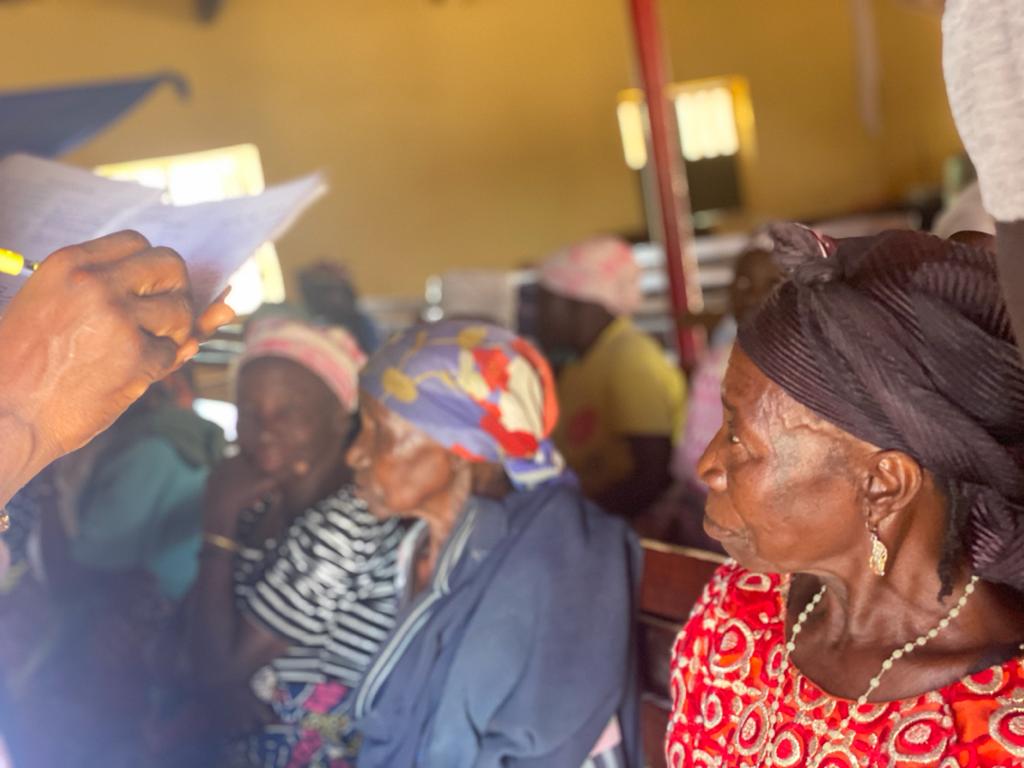A community needs assessment is a way of collecting data and surveying stakeholders to understand gaps in community services, as well as the strengths and assets available in your community. It is a systematic process of identifying the needs or gaps in service of a neighborhood, town, city, or state, as well as the resources and strengths available to meet those needs.
A needs assessment requires a multi-step strategy that typically involves defining a population and gathering data based on a set of indicators.
Types of Community Needs
Community organizations typically categorize community needs into five groups:
- Perceived Needs – Perceived needs are gaps in services based on what individuals feel about their own needs or the needs of the community Organizations can learn about perceived needs by speaking directly to community members through avenues such as surveys, focus groups, or town meetings.
- Expressed Needs – A perceived need becomes an expressed need when a number of individuals take similar action. For example, a number of community families are seeking affordable local daycare services because the current services are at capacity. Be mindful of the false assumption that all people with needs always seek help.
- Normative Needs – Normative needs are identified based on a set of agreed-upon criteria or standards. Let’s say a state-wide authority establishes the current standards for public housing; a community may identify a need for improved local public housing based on these criteria.
- Absolute Needs – These needs are deemed universal, including those for survival. Examples of absolute needs include shelter, food, water, safety, and clothing. Many organizations and community leaders look to prioritize absolute needs over others.
- Relative Needs – Relative needs are identified based on equity. A relative need exists when two groups or communities with similar characteristics do not receive similar services. Students from School A who receive free lunches reported being happier at school. The program determines that School B should also receive free lunches to improve student engagement and performance.
What are the Benefits of a Community Needs Assessment?
- Understand your community more deeply. A community needs assessment will help you learn about the culture, social structure, gaps, and strengths of your community so that you can better serve its citizens.
- Prioritize programs and resources. The assessment can reveal both a community’s most pressing needs and leverageable resources so that organizations can direct funding and resources to increase return on investment.
- Get stakeholders on board. Nonprofit organizations must often make the case for their programs to garner support. A community needs assessment report signals that their services and decisions are well-informed and necessary.
- Celebrate success. Reporting on the state of services in a community regularly can also help you celebrate the successes of your initiatives.
Trivia question: A nurse was assessing the neighborhood near the health agency. The nurse drove around observing the condition of the buildings, sidewalks, and the people in the community. Which of the following best describes the actions of the nurse?
- A drive-through
- A neighborhood observation
- A quick overview
- A wind shield survey




